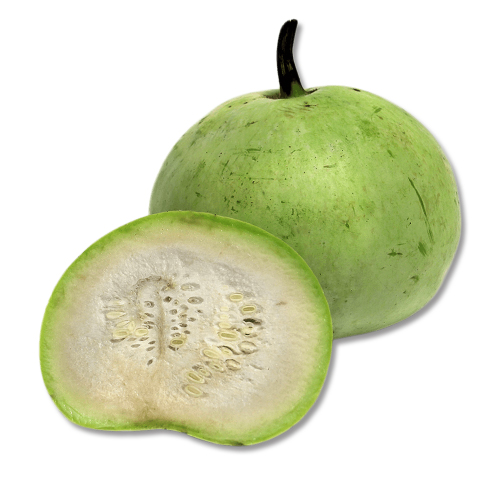WHY VEGETABLES ARE MORE IMPORTANT?
Vegetables are considered highly important in a balanced diet for several reasons: Nutrient Density: Vegetables…

Tinda Growth Uses And Its Properties
Plants and trees wear a gloomy look when hundreds of leaves shed from it and sports a rich look when hundreds of flowers blossom on it. The activities of the plants and trees vary according to seasons and climatic conditions.
The energy levels and relaxation will increase when one walks around the ornamental plants. Some of the world class flowers are rose, lily, jasmine and lotus.
It is imperative to note that even petals of various flowers have medicinal properties.
This topic will deal with the plant named Tinda which is a popular plant in India. The botanical name of this plant is Praecitrullus fistulosus.
The other common names of this plant are Indian round gourd, Indian squash, round melon, Squash melon, apple gourd and Indian baby pumpkin.
[tribulant_slideshow gallery_id=”383″]
Tinda Uses And Properties
Serving size: 100g
| Principle | Nutrient Value |
|---|---|
| Calories | 21 |
| Total Fat | 0 g |
| Saturated | 0 g |
| Polyunsaturated | 0 g |
| Monounsaturated | 0 g |
| Trans | 0 g |
| Cholesterol | 0 mg |
| Vitamin A | 0% |
| Vitamin C | 0% |
| Sodium | 35 mg |
| Potassium | 0 mg |
| Total Carbs | 3 g |
| Dietary Fiber | 1 g |
| Sugars | 3 g |
| Protein | 1 g |
| Calcium | 0% |
| Iron | 0% |